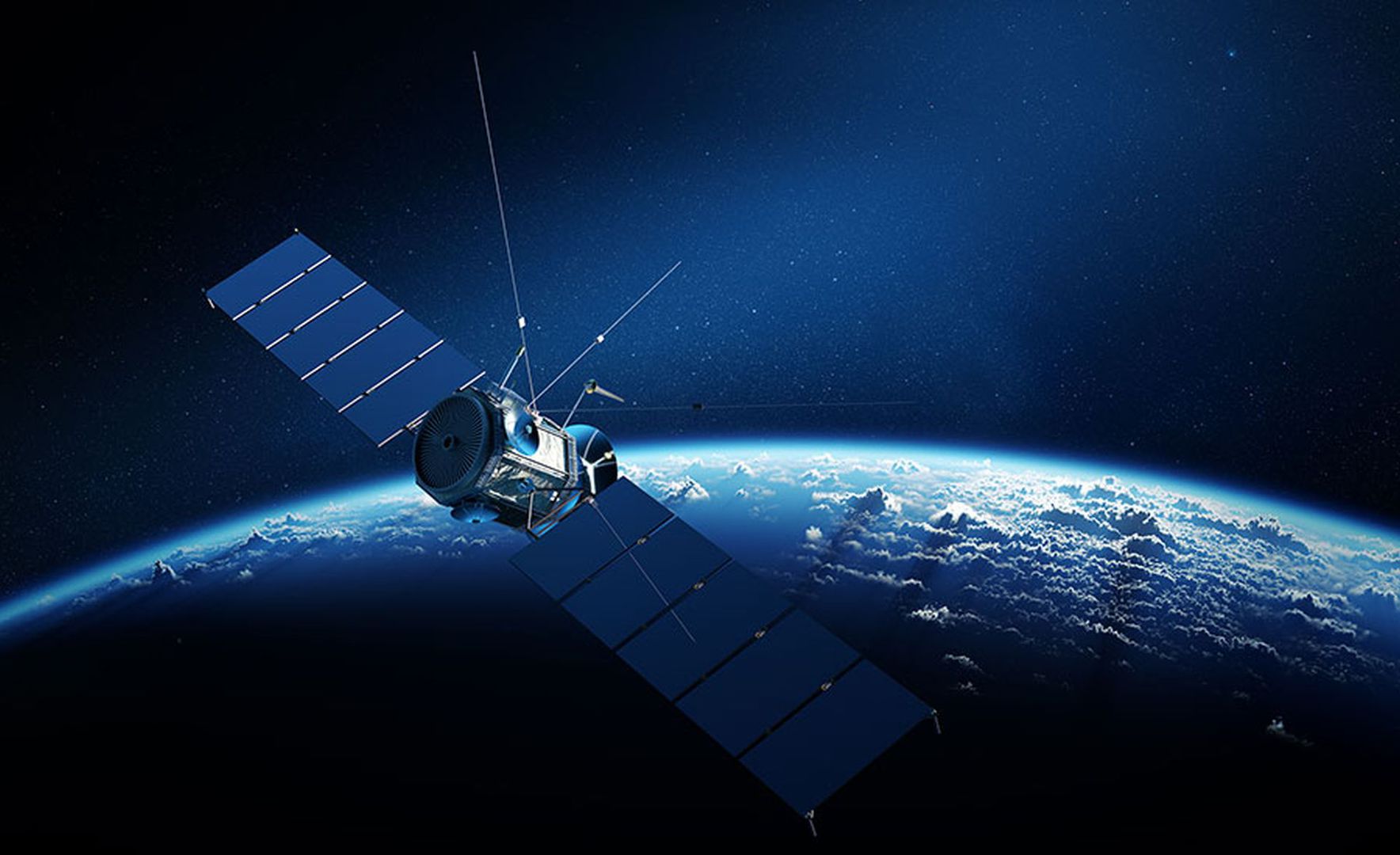The mass building and deployment of commercial satellites is likely to bring about serious threats to the US’ national security and global interests, as fellow countries quickly work to expand their stakes in space, a new study published by researchers with the Institute of Defense Analyses (IDA) has revealed.
Published in the National Defense University’s Joint Forces Quarterly, the study noted that while the spike in satellites will help to better inform US service members across the board during military operations, the build-up will also have some drawbacks.
“The effects of proliferated constellations will not be confined to the commercial sector. The exponential increase in the number of satellites on orbit will shape the future military operating environment in space,” reads the study.
“These trends will also create new challenges as adversaries ranging from Great Power competitors to hostile nonstate actors gain cheap access to space capabilities and the emergence of space-based Internet reshapes the cyber battlespace.”
Referencing various satellite projects by China, such as the 156-satellite Xingyun and 300-satellite Hongyan low Earth orbit constellations, IDA researchers Matthew Hallex and Travis Cottom speculated that such “systems could pose a significant threat to US interests” as a result of “China’s willingness to allow for commercial dealings with countries hostile to the United States.”
When it comes to potential dangers from Russia’s ongoing satellite projects, researchers stated that efforts by Russian space agency Roscosmos present less of a threat to the US due to “difficulties facing the Russian civil and commercial space programs.” The study does not offer further details on the matter.
Aside from possible threats from other nations, Hallex and Cottom also addressed in their study risks posed by having an excessive amount of satellites in low Earth orbit. With a more congested space environment comes the possibility of collisions with other satellites, a setback which would largely become a distraction for US service members assigned to national security operations.
However, not all was doom and gloom in the study. The creation of “mega-constellations” could pave the way for developing countries to improve their communication lines, researchers stated.
“Mega-constellations could allow the developing world to skip laying costly fiber-optic cable in the same way the proliferation of cellular phone technology provided communications without the need to build phone lines in the developing world,” reads the study.
“[Low Earth orbit]-proliferated constellations will also be able to provide communications to high-latitude populations in Alaska, northern Canada, Scandinavia, and Russia, which are poorly served by terrestrial communications infrastructure and outside the coverage of GEO [geosynchronous] communications satellites.”
Satellite internet company OneWeb is one of several companies eyeing the opportunity to launch such communications clusters: the firm plans to have a first-generation constellation of 648 satellites, to be expanded later. However, though OneWeb has launched some 74 satellites thus far, the chances of the constellation being completed are somewhat shaky, as the company recently filed for Chapter 11 bankruptcy.
Per OneWeb, its bankruptcy was rooted in loss of financial backing due to the COVID-19 pandemic.
Unlike OneWeb, fellow contender aerospace company SpaceX is due to go full steam ahead with its objective to build a constellation of some 12,000 satellites, called Starlink. Recently it was reported by Space News that SpaceX was given the go-ahead to launch its sixth batch of satellites on April 16.










